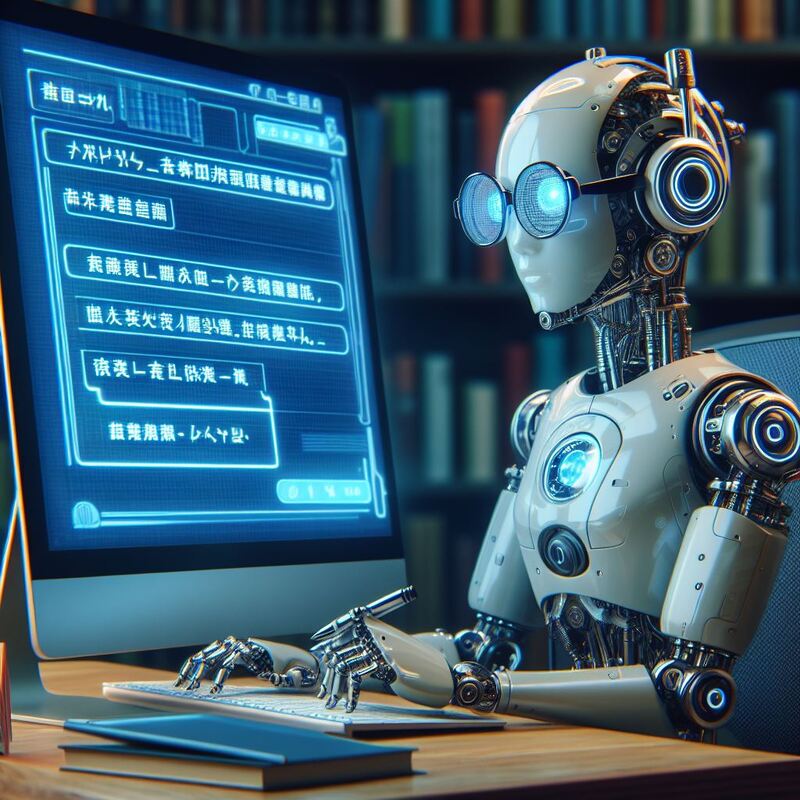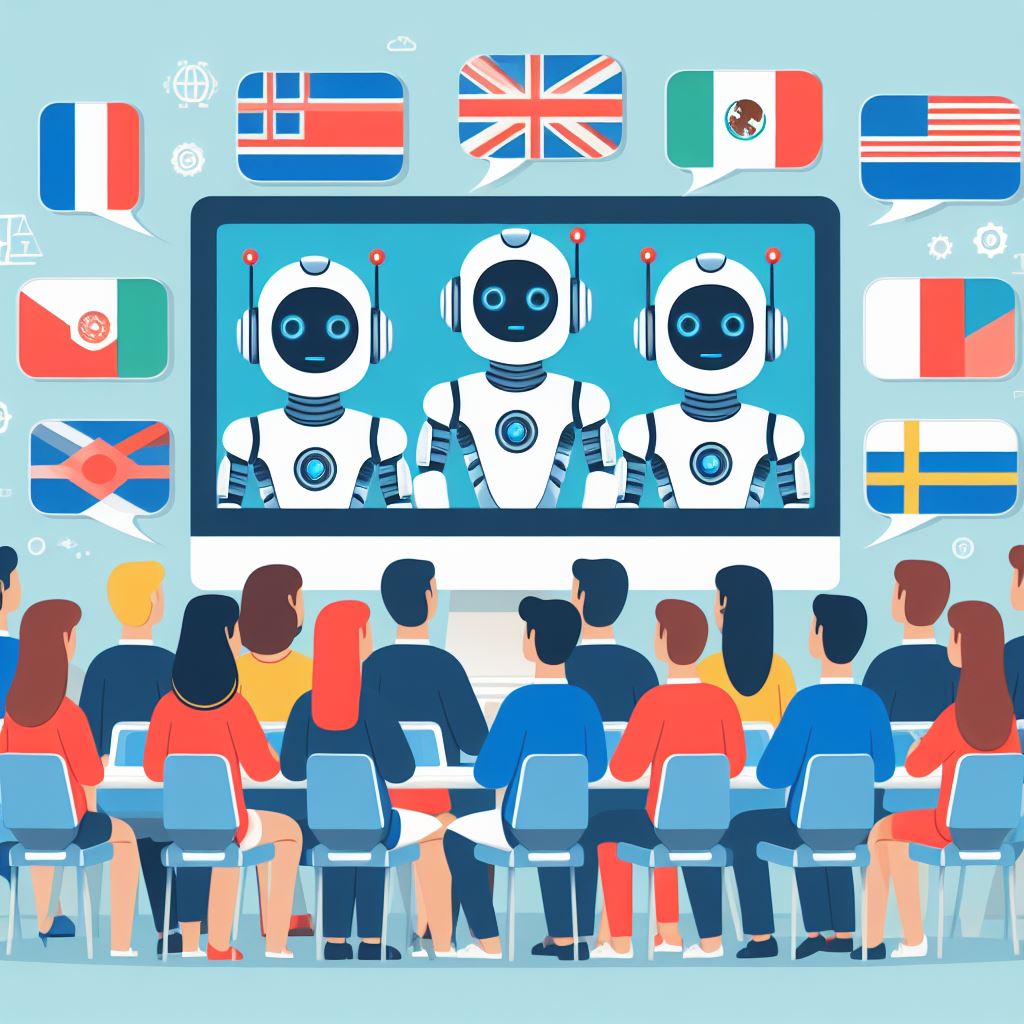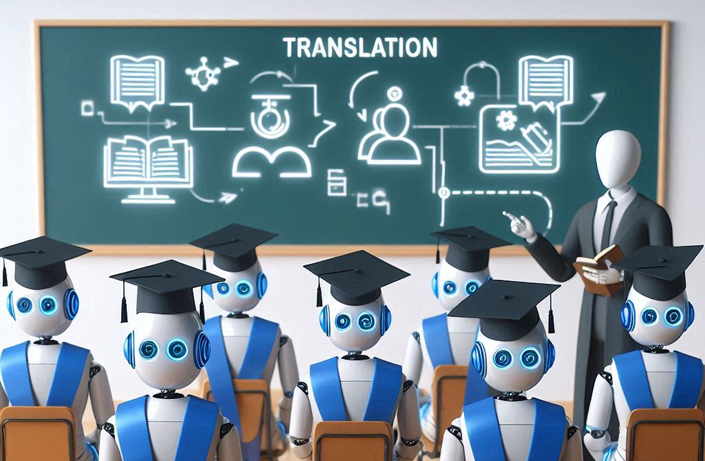Video translation in education plays a crucial role, opening doors to knowledge and information in various languages and making them accessible to all. This process is an integral part of modern education, enriching the learning process and ensuring the accessibility of educational resources to a wide audience.
 Here is a list of the main advantages of video translation for the education system:
Here is a list of the main advantages of video translation for the education system:
 Most learning options involve:
Most learning options involve:
The role of video translation in various educational institutions
Imagine a teacher conducting an English language lesson for students of varying levels. Some students may have difficulty understanding the lesson in the teacher's language if they are foreigners. In this case, the teacher can use translated videos to support learning. Translated videos are used at all stages of education:- Preschool. Personally, I am against broadcasting entertainment videos in kindergartens. But I am all for showing educational videos about our planet, nature, and animals. For example, the Nat Geo Kids channel produces interesting videos specifically for toddlers. Unfortunately, they are all in English, but with the help of artificial intelligence, they can be translated into almost any language in the world. Colorful images and lively speech become a window into the world of knowledge and values, developing children's imagination, language skills, and communication with others.
- School. Imagine that learning can be not boring at all, but can turn into an exciting journey into the world of science. Bright examples of this are TED-Ed and CrashCourse channels, which release animated video lessons in collaboration with educators on subjects such as mathematics, literature, art, and many others. I believe that this approach to education is the most motivating for children. However, most of this content is in English, requiring translation.
- College and University. Primarily, I mean the translation of video lectures and presentations by international experts. Very often, especially in faculties related to the arts (journalism, advertising, public relations, directing), international teachers are invited, and recordings of their speeches, with the help of AI translation, become available to students from all over the world.
How video translation affects education
The most compelling argument in favor of translating educational videos is language practice. Thus, each student can study their favorite language in an interactive format, without rote learning. Here is a list of the main advantages of video translation for the education system:
Here is a list of the main advantages of video translation for the education system:
- Improving Understanding. Imagine that you, for example, have come to Spain as part of a student exchange program or have simply started living there and consequently started attending school, but you don't yet know the language of this country very well. Translating videos into English or your native language will help you keep up with the curriculum in this case.
- Expanding Content Accessibility. Translating educational videos makes content more accessible to foreign students and attracts a larger number of applicants to your university, contributing to the reputation enhancement of the educational institution. For example, every major university in Spain offers programs for foreign students in English (for instance, Universitat Autonoma de Barcelona or Complutense University of Madrid), which means that translating videos will be necessary in any case.
- Increasing Motivation. Agree, it's much more interesting to learn a language in English, which is understandable to you, than in Spanish, German, or any other language that you need to master to the level of B2-C1. In most universities worldwide, this is the minimum threshold for admission. But most importantly, translated videos allow students to exchange information and experience, develop as professionals.
Ways of Using AI Translation in Education
Today, many countries, especially the USA, actively invest in e-learning, and distance higher education has become more of a norm than an exception. For example, you can be in Spain and watch lectures online from American universities such as Maryville University or Western New England University. And even if you lose internet connection, you can always watch these lectures in recording. And the icing on the cake is the ability to dub educational videos into your native language. Most learning options involve:
Most learning options involve:
- Online classes. I mean the same Google Classroom, where up to 250 people can gather online in one group during a lesson. Also popular is the Cisco Webex platform, which is used by some of the most famous universities in the USA, such as Duke University, North Carolina State University, Case Western Reserve, and the University of Chicago. Both of these services have an option to record video lessons, allowing them to be translated into any language convenient for the listeners.
- Educational YouTube channels. Channels dedicated to education translate videos to expand their audience and attract students from all over the world. As an example, I'll mention a channel from a fairly well-known educational nonprofit organization, Khan Academy, which has videos translated into English, Russian, Bulgarian, and many other languages.
- Educational courses. This includes videos from corporate trainers as well as leading universities worldwide, which use translation to reach a broader audience. For example, the same course from Stanford University can be "attended" online by a student from China, France, Spain, and many other countries, and people with hearing impairments can learn using subtitles.
